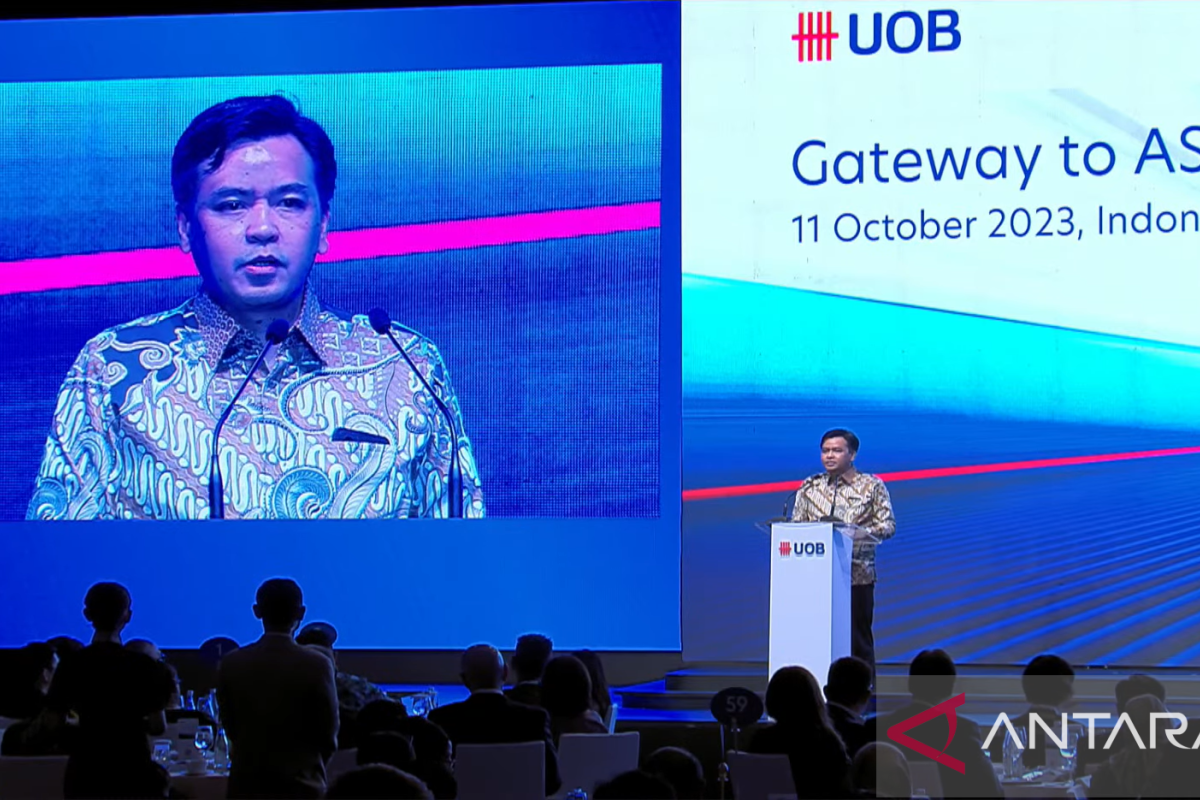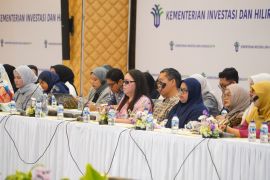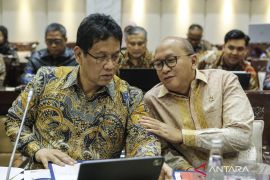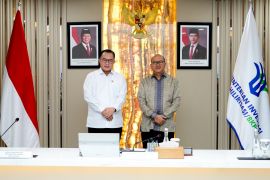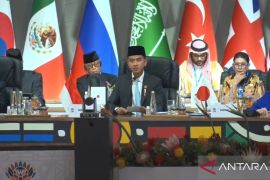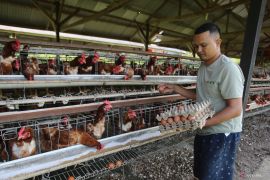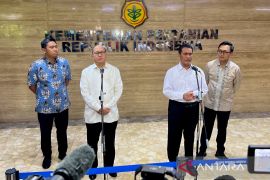According to the deputy for maritime resources coordination at the Coordinating Ministry for Maritime Affairs and Fisheries, Firman Hidayat, 58 percent of foreign direct investment (FDI) flowed to regions outside Java in 2022 due to downstreaming — an increase compared to earlier.
"The downstream program also increased regional equality in Indonesia. Java earlier dominated FDI, but now the majority of FDI goes outside Java. Last year (2022), 58 percent of FDI went outside Java, and in Java only 42 percent," he pointed out while delivering the keynote speech at the UOB Gateway to ASEAN Conference 2023 in Jakarta on Wednesday.
According to him, downstreaming has succeeded in restoring the function of Indonesia's economic structure in the eastern region, which previously tended to be less than optimal.
This has been reflected in the share of manufacturing in Morowali, Central Sulawesi, which in 2010 was still recorded at below 10 percent, but increased to 73 percent in 2022.
Hidayat gave another example of the manufacturing share in Halmahera region, North Maluku, which was recorded at 61 percent.
Related news: Downstreaming to create added value for regional economy: minister
The manufacturing share is the proportion or percentage contribution of the manufacturing sector to the total production or economy of a country, region, or specific sector. The indicator measures the extent to which the manufacturing sector contributes to overall economic activity.
"This change in economic structure contributes to regional economic growth and higher community welfare compared to the period before downstreaming occurred," he said.
Throughout 2020, exports of nickel commodities and derivative goods were worth 4.73 billion US dollars, a significant increase from US$2.59 billion in 2019. Exports increased again in 2021, amounting to US$7.08 billion, and in the January–August 2022 period, they reached US$8.7 billion.
This illustrates that downstreaming has increased Indonesia's economic resilience, Hidayat said.
Minister of Industry, Agus Gumiwang Kartasasmita, earlier said that the industrial downstreaming sector would be the main driving force for national economic growth in the future.
According to him, the proven multiplier effects of industrial downstreaming activities include increasing the added value of domestic raw materials, attracting inward investment in the country, generating large foreign exchange from exports, and increasing workforce absorption.
Related news: Indonesia urges IMF not to interfere with downstreaming policy
Related news: Minister accentuates importance of investment in downstreaming efforts
Translator: Bayu S, Azis Kurmala
Editor: Yuni Arisandy Sinaga
Copyright © ANTARA 2023
